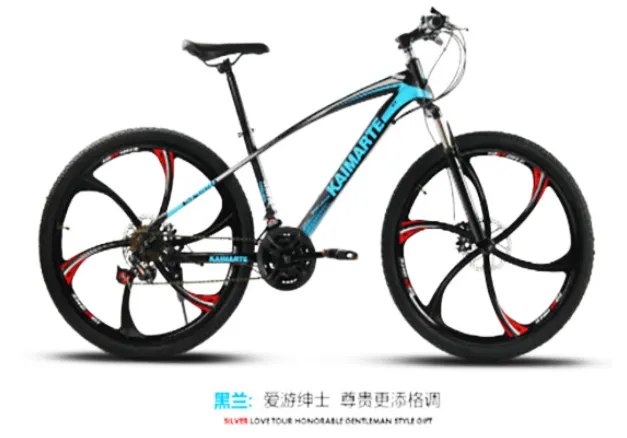9 月 . 23, 2024 03:46 Back to list
mountain bike derailleur adjustment
Understanding Mountain Bike Derailleur Adjustment
Adjusting the derailleur on your mountain bike is essential for ensuring smooth and accurate shifting between gears. A well-tuned derailleur not only enhances your biking experience but also prolongs the life of your bike components. Here’s a guide to help you through the process of adjusting your mountain bike derailleur effectively.
What is a Derailleur?
The derailleur is a critical component of your bike’s gear-shifting system. It is responsible for moving the chain from one gear to another. Mountain bikes typically have two derailleurs a front derailleur, which moves the chain between the front chainrings, and a rear derailleur, which shifts the chain between the sprockets on the cassette at the back wheel.
Tools You’ll Need
Before you start adjusting your derailleur, gather the necessary tools a 5mm Allen wrench, a screwdriver (Philips or flathead, depending on your derailleur), and possibly a chain checker tool. Having these tools handy will make the adjustment process much smoother.
Steps to Adjust the Derailleur
mountain bike derailleur adjustment

1. Identify the Problem Begin by assessing the shifting performance. Are the shifts skipping? Is the chain falling off? Understanding the issue will guide your adjustments.
2. Cable Tension The first adjustment to make is the cable tension. To tighten or loosen cable tension, locate the barrel adjuster, which is usually located on the derailleur or shifter. Turn it clockwise to tighten and counterclockwise to loosen. Test the shifting after each adjustment until it feels smooth.
3. Limit Screws Each derailleur has limit screws that prevent the chain from moving beyond the designated gears. For the rear derailleur, adjust the “H” (high) screw to limit the derailleur's movement toward the smallest sprocket and the “L” (low) screw to limit movement towards the largest sprocket. Ensure the chain can shift cleanly into each gear without overshooting.
4. B-Screw Adjustment The B-screw adjusts the distance between the rear derailleur and the cassette. Too much or too little distance can impact shifting performance. Adjust this screw so that there is a small gap between the derailleur's top pulley and the largest sprocket.
5. Test Ride After making your adjustments, take your bike for a test ride. Shift through the gears several times to ensure everything operates smoothly. If issues persist, recheck your adjustments.
Conclusion
Regular derailleur adjustment is a crucial part of mountain bike maintenance. With patience and practice, you can troubleshoot and tune your derailleur, ensuring that every ride is a fun and efficient experience. Remember, if you’re ever in doubt, consulting a professional bike mechanic is always a good choice. Happy riding!
-
The Main Application Scenarios of Mountain Bike
NewsOct.29,2024
-
Suggestions for Selecting and Maintaining Mountain Bike
NewsOct.29,2024
-
Characteristics of Kids Balance Bike
NewsOct.29,2024
-
Characteristics of Baby Stroller
NewsOct.29,2024
-
Characteristics and Advantages of Mountain Bike
NewsOct.29,2024
-
Baby Stroller Purchasing Suggestions
NewsOct.29,2024
-
Suggestions for Purchasing Kids Balance Bike
NewsOct.09,2024

